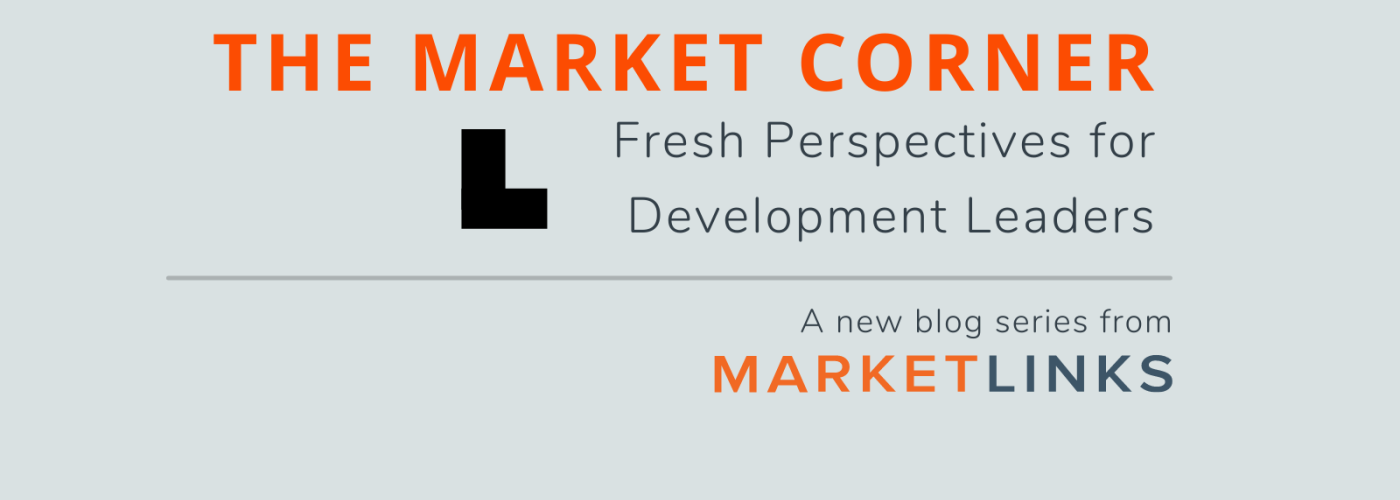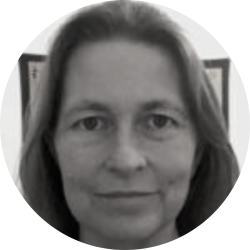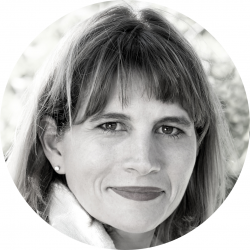The Market Corner: The Journey Towards Using Market Systems Approaches for Improved Health Outcomes
Image

This post is the third in a three-part Market Corner series looking at health systems and why health professionals are turning to systems thinking and market systems development (MSD) approaches in their work. Access part one and part two.
In this bonus installment from November’s Market Corner series exploring health markets, I speak with Beth Brogaard-Allen, Francophone West Africa Regional Project Director for Population Services International (PSI) about PSI’s journey towards the use of more market systems approaches. I also reflect on my three conversations with health sector professionals this month.
We used to hang our hats on outputs.
Historically, we’ve thought about our projects’ success in terms of outputs, such as how many condoms went out the door or how many women walked into a health facility. As we’ve grown and evolved, we’ve moved from focusing on social marketing products to understanding barriers within the wider market system. By taking a systems approach, we can identify the best role for us to maximize health impact within a mixed health system. At the same time, we’ve realized that we need to be more nuanced in what and how we measure. For example, are we positively impacting the broader health market by contributing to government efforts to improve universal health care? By segmenting our data by demographics, such as age, economic quintiles, and even geographic location (when appropriate), we can better understand who is being reached and where the gaps remain.
Never as simple as we seem to think.
There are a number of examples where we knew certain products (i.e., condoms, modern contraception) were available in a market, but uptake remained low. We took a step back and realized it was necessary to look at the entire market system to understand what barriers and gaps were hindering uptake. We mapped out existing products, price points, communication activities, target populations, and more. We also talked to consumers to understand what they wanted and needed. By asking these types of questions we saw more clearly where the gaps remained in the market and where we could have the most impact with our interventions. This is important because things are never as simple as we seem to think they are. They are complex.
Taking a step back to see the bigger picture.
Looking at the bigger picture has helped us see the health system more holistically. Using something as simple as a spreadsheet to map the actors and/or interventions in the market can help to better visualize the gaps. Doing so forces us to think about all the different functions and roles and where our interventions can be the most impactful and sustainable. We have realized that by shifting towards more policy advocacy work, for example, we are more likely to enact lasting change for consumers. It is one thing to say we made health products available across the country. It is another thing to say that there has been a policy shift towards a more conducive enabling environment for the importation, distribution, and sale of quality health products.
We are all trying to make sense of the messiness.
I was nervous about this month’s theme, health systems. I wondered what common ground, if any, could I find with professionals from the health sector. In hindsight, I see that we are both grappling with the complexity and dynamism of the environments in which we work and acknowledge the 1 + 2 = 3 formulas of direct interventions are not yielding sustainable results at scale. I see that we use similar language to describe the way we apply systems approaches and are in pursuit of better tools to see and interpret the messiness of our work. Lastly, I see that we need similar things. We need space to fail, try again, and learn. And we need leaders that will support our work by engaging and garnering support for a systems approach from all actors and creating conducive environments for iteration and learning.
About
Image

Beth Brogaard
Beth Brogaard is a Regional Project Director at Population Services International (PSI). She oversees a number of regional projects in francophone West and Central Africa (FWCA) focused on developing, implementing, and sustaining quality SRH programs and services for women and girls. She is also leading the implementation of PSI's FWCA regional strategic plan focused on youth-powered comprehensive SRH care. Beth speaks French, has a B.A. in French and International Management, and an MBA and MPA from Middlebury Institute of International Studies at Monterey.
Image

Holly Lard Krueger
Holly Lard Krueger is a managing partner at the Canopy Lab and a market systems development expert with over 15 years of experience providing technical advice in the field of private sector development/engagement with a specific focus on applying digital technology, gender equality and social inclusion (GESI), market systems, and Value for Money (VfM) principles to project and strategy design for agriculture, humanitarian aid, business enabling environment reform, trade, urban development, and women’s economic empowerment programs.
Holly is a proven strategic leader, having managed large market systems projects with diverse teams. She is also skilled as a strategic advisor, coach, and trainer in the practical application of systems approaches to market development, and she is currently an advisor to USAID’s Bureau for Humanitarian Assistance, a World Bank-funded program in West Africa (TFWA), a DFAT-funded program in Indonesia (PRISMA), and a FCDO-funded program in the Democratic Republic of the Congo (Essor). Holly is based in Morocco and has worked in over 15 countries in Africa, Asia, and the Middle East and has implemented projects and conducted evaluations for leading donors, including the Bill & Melinda Gates Foundation, DFAT, IFC, FCDO, USAID, and the World Bank. She has an M.A. from Johns Hopkins School of Advanced International Studies and a B.A. from Vanderbilt University.


